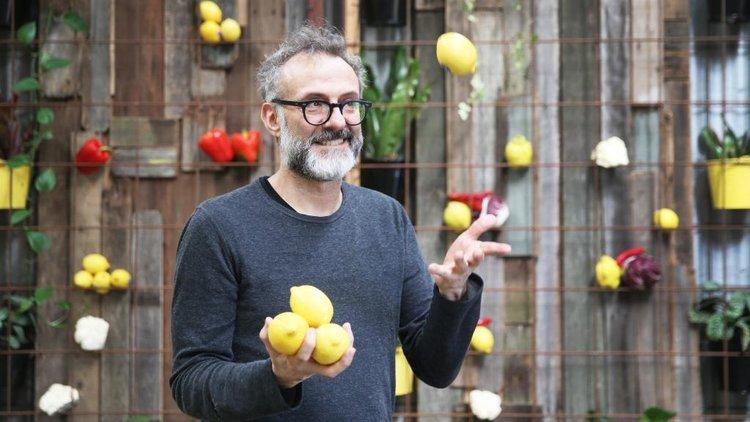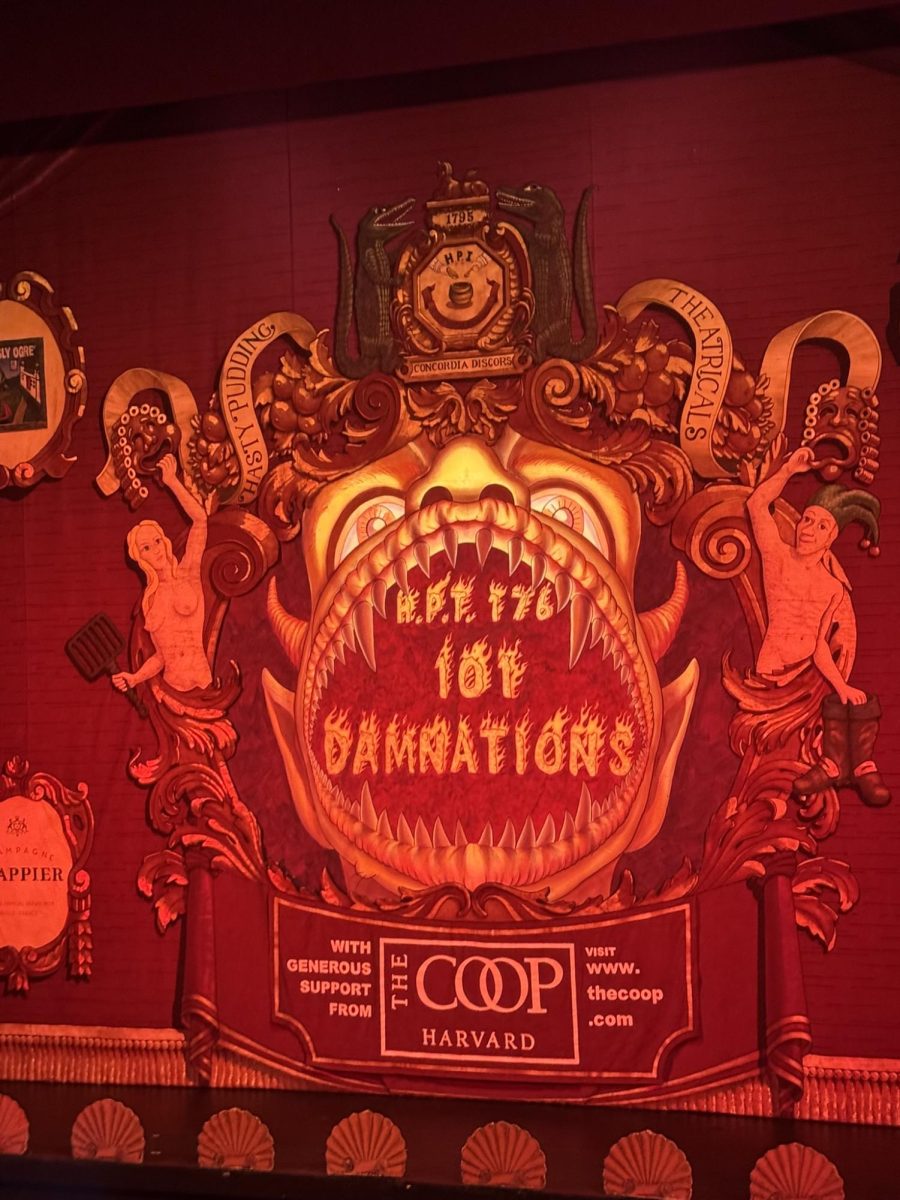Massimo Bottura, head chef of Osteria Francescana—widely considered to be the best restaurant in the world—was recently selected as one of most influential figures in reshaping culture in T magazine’s list of “The Greats.” Along with Michelle Obama, Lady Gaga, Junya Watanabe, Kerry James Washington, Zadie Smith and William Eggleston, Bottura was featured in a short film that highlights the sounds of his process of preparing a perfect dish of lasagna for a robot in a soundproof room filled with microphones. The film itself is a demonstration of how he blends contemporary art into his traditional Italian dishes.
You can hear the intricate sounds of his cooking when he boils pasta, mixes the dough, fries ragu and crunches Italian flag chips. He carefully breaks the chips into pieces and closes his eyes as he eats it in front of the robot so that it can hear the crunching sound. The film ends with him saying, “And how does that make you feel?” Bottura shows how his act of making food can become a performance or an act of art.
Bottura is influenced by contemporary art and the energy of jazz. He collects art from galleries and travels to exhibitions, Venice Biennale and art fairs. His famous lemon tart dish was inspired by Ai Wei Wei’s “Dropping a Han Dynasty Urn.” Ai Wei Wei destructs a traditional vase as an act of breaking with tradition in order to reinvent the old. His lemon tart was also broken into small pieces, which allows his dish to pose questions on the value of our culture and traditions. His dessert “Camouflage” uses the colors of military garb to invoke a conversation between Pablo Picasso and Gertrude Stein.
Furthermore, the improvisational quality of jazz adds to his beautiful platings. Jazz musicians such as Charlie Parker, Benny Goodman and Billie Holiday guide Bottura to let the present moment go. He explains to T magazine, “We cannot live without music, without art.” One of Bottura’s goals is to keep guiding his employees to think comprehensively by absorbing music, art and even interior design.
When he cooks food that celebrates the history of Italy and Italian ingredients in a contemporary dish, his food recognizes that contemporary life encompasses a level of symbolism and cultural preoccupation. Art becomes a recorder.



